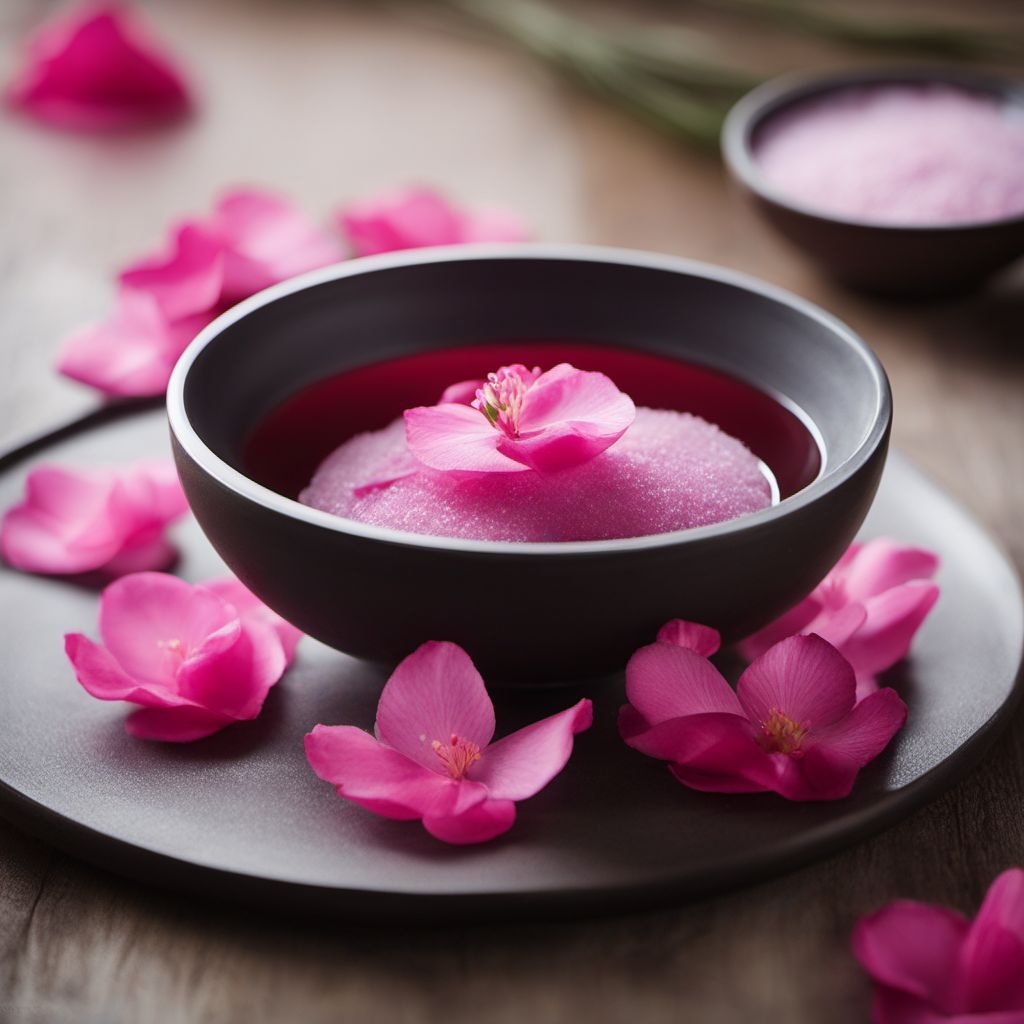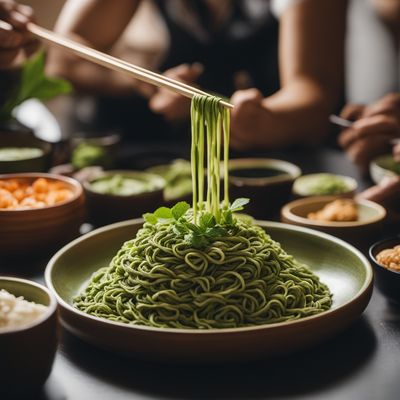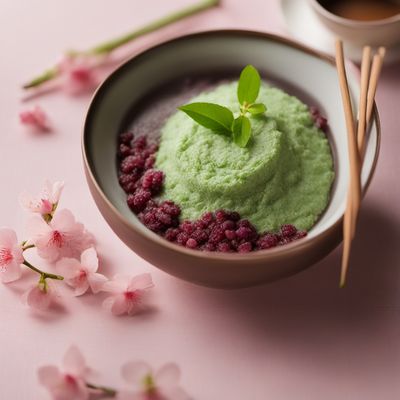
Recipe
Palestinian Rose Petal Mochi
Delicate Petals: Palestinian Rose Mochi
4.7 out of 5
Indulge in the delicate flavors of Palestinian cuisine with this exquisite recipe for Palestinian Rose Petal Mochi. This traditional Japanese dessert has been adapted to incorporate the aromatic essence of rose petals, creating a unique fusion of flavors.
Metadata
Preparation time
20 minutes
Cooking time
30 minutes
Total time
50 minutes
Yields
4 servings
Preparation difficulty
Easy
Suitable for
Vegetarian, Vegan (if using vegan-friendly sugar), Gluten-free (if using gluten-free glutinous rice flour), Nut-free, Dairy-free
Allergens
N/A
Not suitable for
Paleo, Keto, Low-carb, High-protein, High-fat
Ingredients
In this adaptation of Hanabiramochi to Palestinian cuisine, the traditional Japanese flavors are infused with the essence of rose petals, a popular ingredient in Palestinian cuisine. The addition of rose petals adds a unique floral note to the dish, creating a fusion of Japanese and Palestinian flavors. We alse have the original recipe for Hanabiramochi, so you can check it out.
-
1 cup (200g) glutinous rice flour 1 cup (200g) glutinous rice flour
-
1/4 cup (50g) sugar 1/4 cup (50g) sugar
-
1 cup (240ml) water 1 cup (240ml) water
-
1 tablespoon rose water 1 tablespoon rose water
-
1/4 cup (30g) cornstarch 1/4 cup (30g) cornstarch
-
Dried rose petals, for garnish Dried rose petals, for garnish
Nutrition
- Calories (kcal / KJ): 180 kcal / 753 KJ
- Fat (total, saturated): 0g, 0g
- Carbohydrates (total, sugars): 42g, 12g
- Protein: 2g
- Fiber: 0g
- Salt: 0g
Preparation
-
1.In a mixing bowl, combine the glutinous rice flour, sugar, and water. Stir until the mixture is smooth and well combined.
-
2.Pour the mixture into a heatproof dish and steam over high heat for 30 minutes, or until the mochi is cooked and firm.
-
3.Remove the dish from the steamer and let it cool for a few minutes.
-
4.In a separate bowl, mix the cornstarch with a little water to create a slurry.
-
5.Cut the mochi into small squares or rectangles and dust them with the cornstarch slurry to prevent sticking.
-
6.Drizzle the rose water over the mochi and garnish with dried rose petals.
-
7.Serve the Palestinian Rose Petal Mochi at room temperature and enjoy!
Treat your ingredients with care...
- Glutinous rice flour — Make sure to use glutinous rice flour specifically, as it gives the mochi its characteristic chewy texture.
- Rose water — Use a high-quality rose water to ensure a strong and authentic rose flavor in the mochi.
Tips & Tricks
- To enhance the rose flavor, you can infuse the water used in the recipe with dried rose petals before mixing it with the glutinous rice flour.
- If you prefer a stronger rose flavor, you can add a few drops of rose extract to the mochi mixture.
- Store the mochi in an airtight container to prevent it from drying out.
Serving advice
Serve the Palestinian Rose Petal Mochi as a delightful dessert after a Palestinian-inspired meal. It pairs well with a cup of fragrant tea or a refreshing glass of rose-infused lemonade.
Presentation advice
Arrange the Palestinian Rose Petal Mochi on a beautiful plate or platter, garnished with additional dried rose petals for an elegant touch. The pink color of the mochi and the delicate petals will create a visually stunning dessert.
More recipes...
More Japanese cuisine dishes » Browse all

Matcha soba
Matcha Soba
Matcha soba is a Japanese noodle dish that is made with buckwheat noodles and matcha green tea powder. It is a unique and flavorful dish that is...

Koi
Grilled carp
Koi is a popular Bengali fish dish that is cooked in a mustard gravy.

Tempura soba
Tempura Soba
Tempura soba is a Japanese dish that consists of soba noodles served in a hot broth with tempura on top. The dish is a popular comfort food in...










